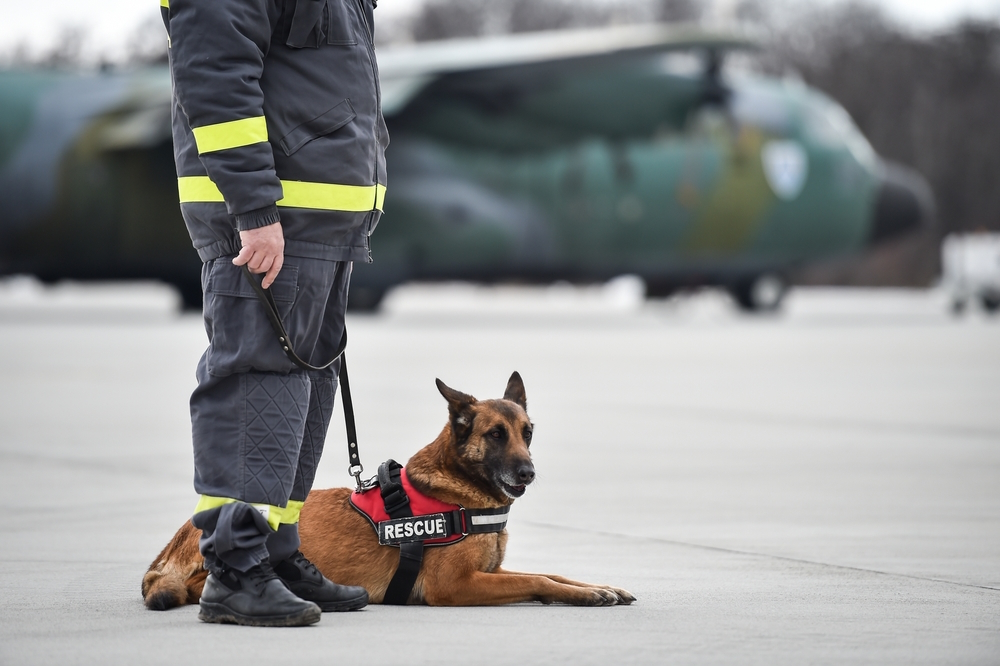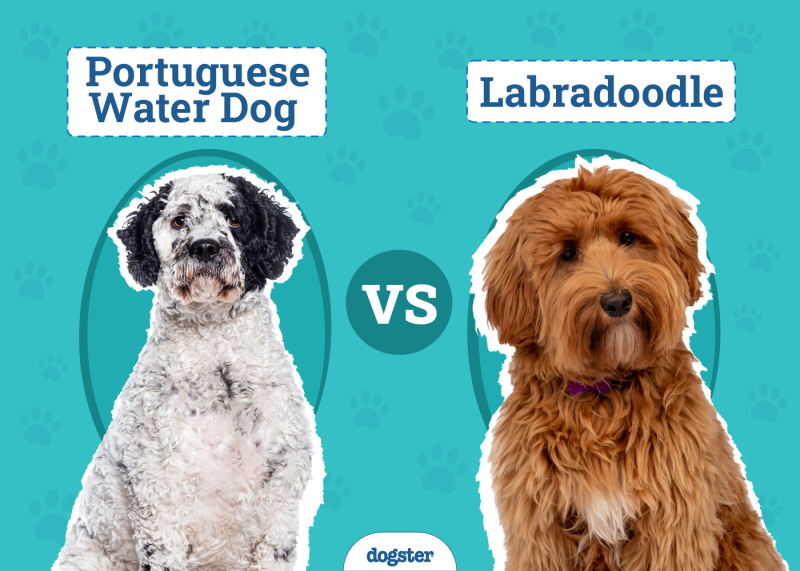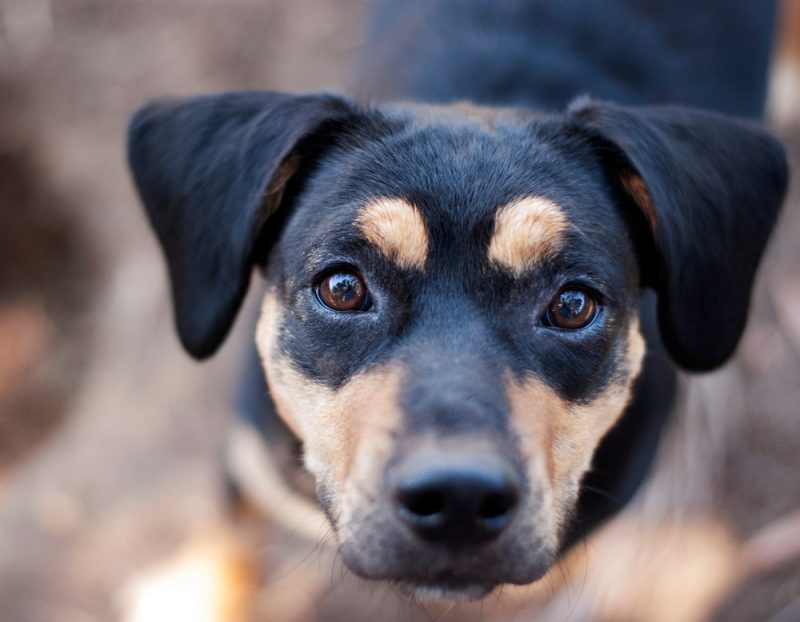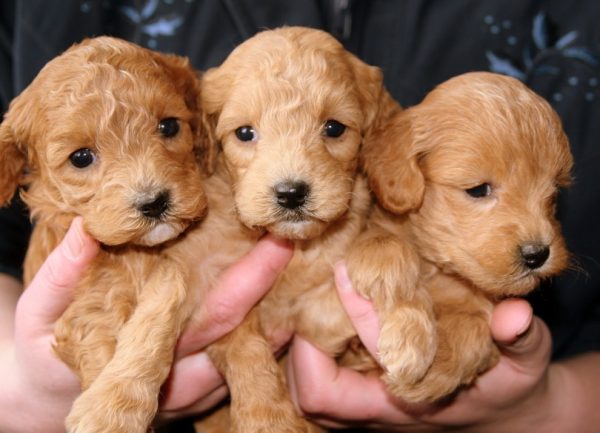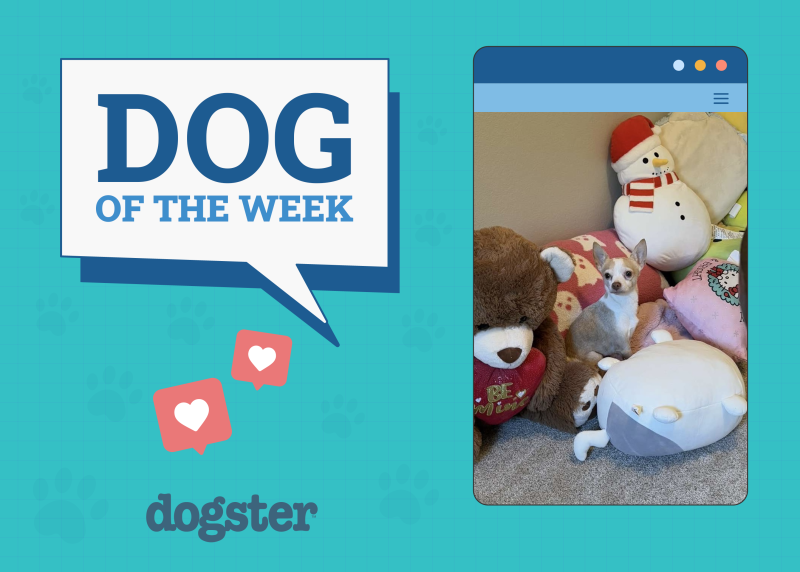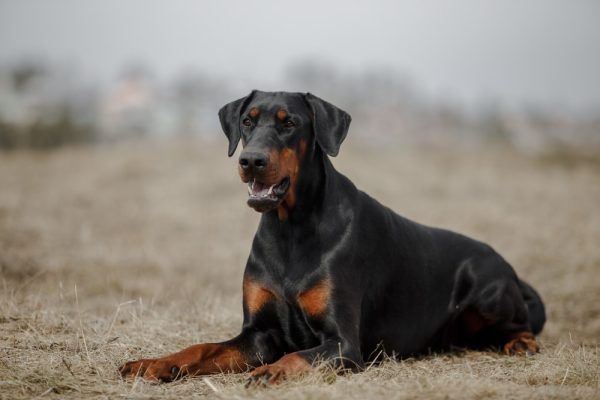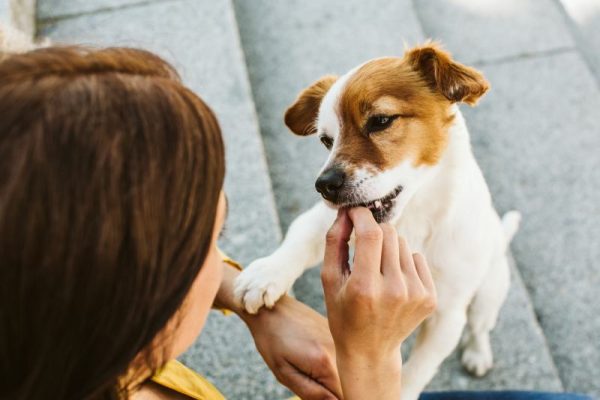Throughout history, many search and rescue dogs have been brave heroes who have helped save countless lives. Search and rescue dogs are truly a unique type of dog, and they must undergo rigorous training to do their jobs.
The National Disaster Search Dog Foundation (SDF) does special work for search and rescue dogs by recruiting rescued dogs and giving them a new meaning in life. The SDF is a 501(c)(3) non-profit based in Santa Paula, California. Its mission is to strengthen disaster response in America by recruiting and training rescued dogs and pairing them with firefighters and other first responders.

How Did the National Disaster Search Dog Foundation Start?
The SDF was founded in 1996 by Wilma Melville. Wilma was a FEMA-Certified Canine Search Specialist who was involved in search and rescue work at the Oklahoma City Bombing in 1995. From her experience, Wilma saw a great need for more disaster responders and founded the SDF. She partnered with dog trainer Pluis Davern to create a training program for disaster search dogs.
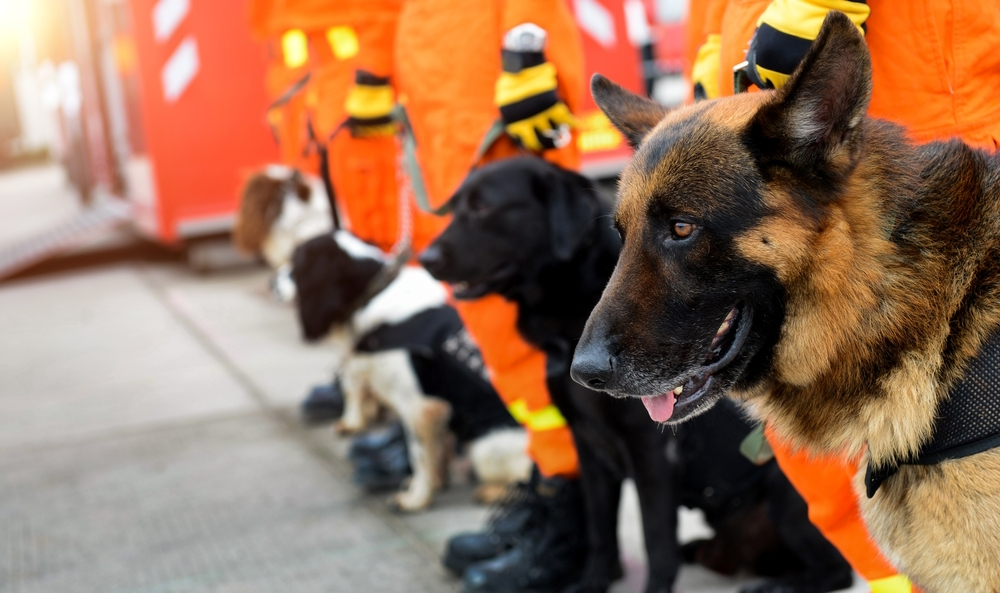
What Does the National Disaster Search Dog Foundation Do?
The SDF has a very unique organizational model that enables them to give back to their community. First, it works with rescued dogs and trains them to become search and rescue dogs. It also partners with fire departments by assigning search and rescue dogs to them and providing ongoing training at no cost.
Currently, there are 94 SDF-trained Canine Disaster Search teams. These teams are located across the US, including California, Florida, Nebraska, New York, Oklahoma, Pennsylvania, Texas, Utah, and Virginia. They can be deployed regionally and nationally.
The SDF also makes it a priority to care for its search and rescue dogs throughout their entire lifetime. It established the Lifetime Care Commitment to support every dog they rescue. Should the dog not complete their training program or can no longer be with their handler, the SDF will ensure that the dog is placed in a Lifetime Care home so that it won’t return to an animal shelter.
How Does the National Disaster Search Dog Foundation Recruit Dogs?
One reason the SDF can find successful candidates at animal shelters is that shelter dogs are often relinquished due to their intense energy and drive. These behaviors may seem challenging and overwhelming, but they’re perfect for search and rescue work.
The SDF works with animal shelters to locate potential candidates for their search and rescue program. Promising candidates are usually high-energy dogs with intense toy drives. They also possess natural courage and confidence and are friendly towards both people and other dogs.
Due to the nature of the training program and search and rescue work, the SDF looks for younger dogs between 1 and 2 years old. Common breeds that enroll in the SDF’s training program are Golden Retrievers, Labrador Retrievers, Border Collies, Australian Shepherds, German Shepherds, and mixes of these dog breeds.
Once a dog is selected, they receive personal training at the SDF’s National Training Center in Santa Paula, CA. Training can last anywhere from 8 to 10 months. Training dogs are also paired with a handler and work FEMA or State Certification for search and rescue work. After a dog completes their training and receives their certification, they receive ongoing training from the SDF throughout their career.
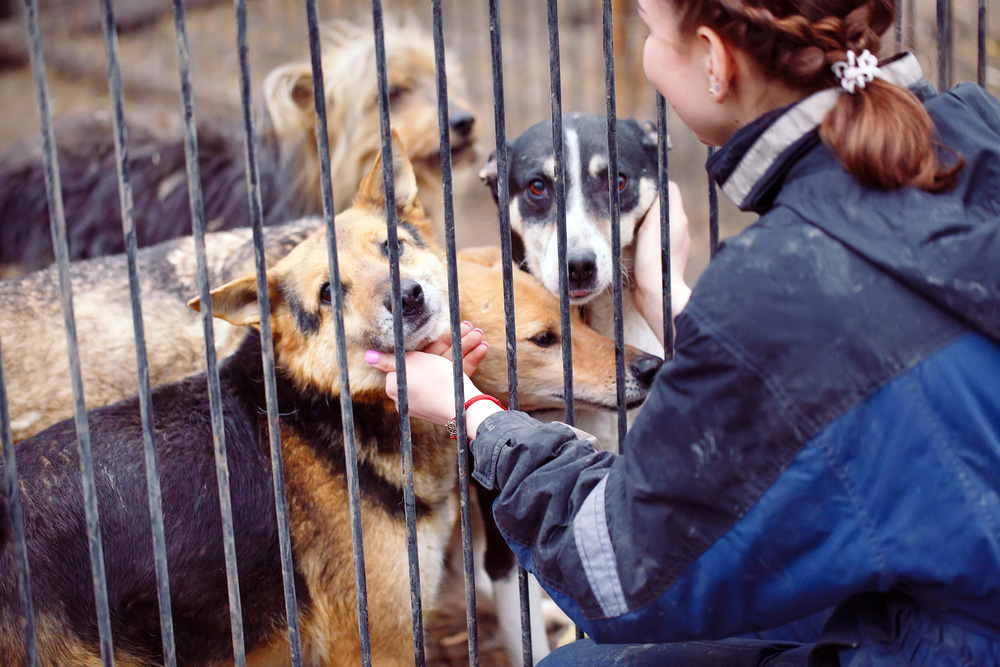
How to Support the National Disaster Search Dog Foundation
As a non-profit organization, the SDF relies on its supporters to continue its invaluable work. It doesn’t receive government funding and runs on donations and charitable contributions.
If you’re interested in supporting the SDF’s work, you can explore the organization’s various options for giving. You can also choose to sponsor a search dog or participate in workplace giving opportunities. Another way you can support the SDF is through its volunteer opportunities. While volunteers don’t work directly with the search and rescue dogs, they can provide support to various essential roles, including special events, office work, and maintenance.

Conclusion
For nearly 30 decades, the SDF has been actively involved in improving disaster response and giving shelter dogs a second chance. The organization’s continuous growth shows the great need for search and rescue dogs and first responders. So, make sure to check out its website to get a full range of all the work that the SDF does. You can also find more information on ways to show appreciation and support through the website.
Featured Image Credit: roibu, Shutterstock
